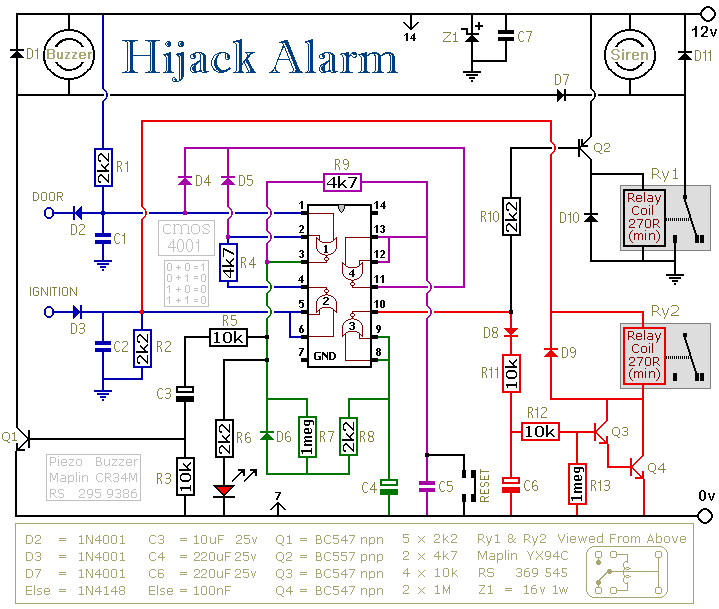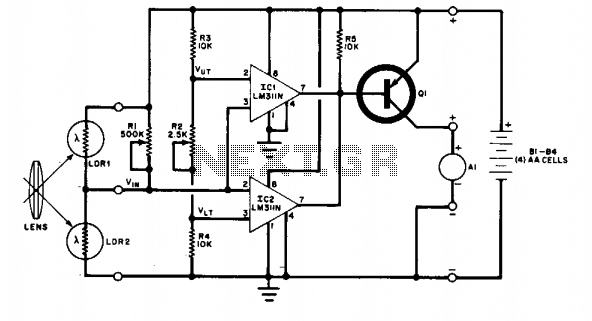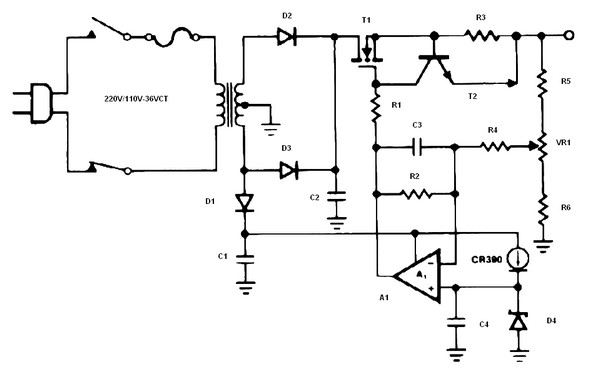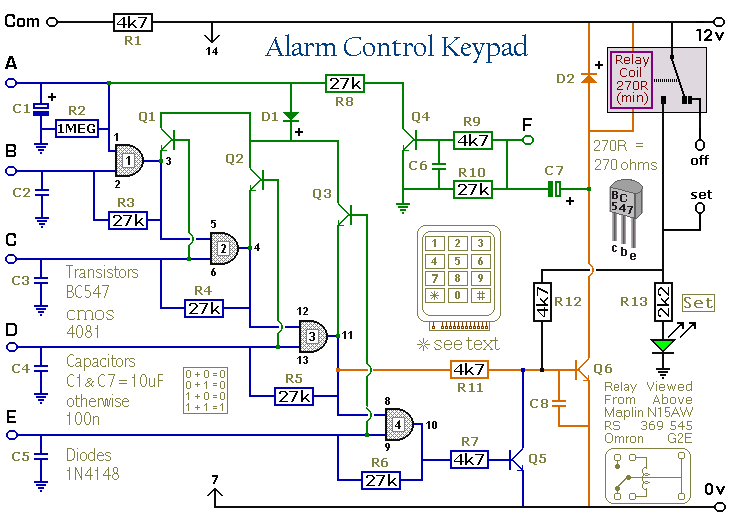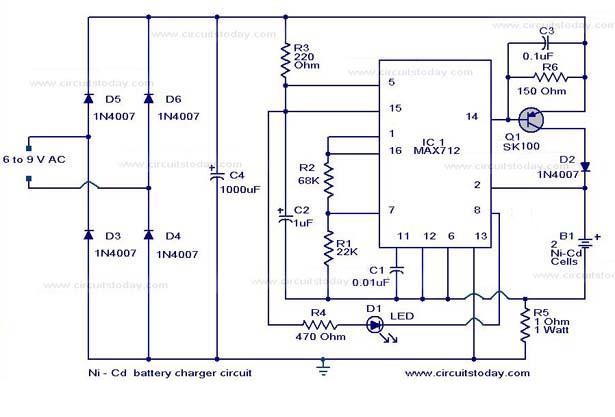
Smoke Alarm Battery Life Extender
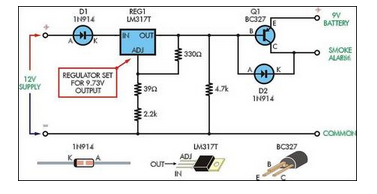
Although smoke alarms are relatively inexpensive devices, the cost of 9V batteries can quickly surpass their initial purchase price. Additionally, the annoyance of random beeping can be a significant drawback.
Smoke alarms are essential safety devices designed to detect smoke and alert occupants of potential fire hazards. They typically operate using a 9V battery, which powers the alarm and its sensing circuitry. While the initial investment in a smoke alarm is low, the recurring cost of replacing batteries can accumulate over time, leading to a higher overall expense.
In terms of functionality, smoke alarms utilize either ionization or photoelectric sensing technology. Ionization alarms are more responsive to fast-flaming fires, while photoelectric alarms are better at detecting smoldering fires. Many modern smoke alarms incorporate both technologies to provide comprehensive coverage.
The circuitry of a smoke alarm includes a microcontroller that processes signals from the smoke sensor, a sound-generating component (usually a piezoelectric buzzer) that emits a loud alarm when smoke is detected, and a power management system that ensures efficient battery usage.
To mitigate the inconvenience of random beeping, which often occurs due to low battery levels or false alarms, some smoke alarms feature advanced algorithms that differentiate between actual smoke and non-threatening particles, reducing unnecessary alerts. Additionally, some models are equipped with a battery status indicator, alerting users when the battery needs replacement.
In summary, while smoke alarms are cost-effective safety devices, the long-term costs associated with battery replacements and the potential for nuisance alarms must be considered when selecting a smoke detection solution.While smoke alarms are quite cheap devices, the cost of 9V batteries quickly exceeds their purchase price. Added to that is the irritation of random beeps.. 🔗 External reference
Smoke alarms are essential safety devices designed to detect smoke and alert occupants of potential fire hazards. They typically operate using a 9V battery, which powers the alarm and its sensing circuitry. While the initial investment in a smoke alarm is low, the recurring cost of replacing batteries can accumulate over time, leading to a higher overall expense.
In terms of functionality, smoke alarms utilize either ionization or photoelectric sensing technology. Ionization alarms are more responsive to fast-flaming fires, while photoelectric alarms are better at detecting smoldering fires. Many modern smoke alarms incorporate both technologies to provide comprehensive coverage.
The circuitry of a smoke alarm includes a microcontroller that processes signals from the smoke sensor, a sound-generating component (usually a piezoelectric buzzer) that emits a loud alarm when smoke is detected, and a power management system that ensures efficient battery usage.
To mitigate the inconvenience of random beeping, which often occurs due to low battery levels or false alarms, some smoke alarms feature advanced algorithms that differentiate between actual smoke and non-threatening particles, reducing unnecessary alerts. Additionally, some models are equipped with a battery status indicator, alerting users when the battery needs replacement.
In summary, while smoke alarms are cost-effective safety devices, the long-term costs associated with battery replacements and the potential for nuisance alarms must be considered when selecting a smoke detection solution.While smoke alarms are quite cheap devices, the cost of 9V batteries quickly exceeds their purchase price. Added to that is the irritation of random beeps.. 🔗 External reference
Warning: include(partials/cookie-banner.php): Failed to open stream: Permission denied in /var/www/html/nextgr/view-circuit.php on line 713
Warning: include(): Failed opening 'partials/cookie-banner.php' for inclusion (include_path='.:/usr/share/php') in /var/www/html/nextgr/view-circuit.php on line 713
